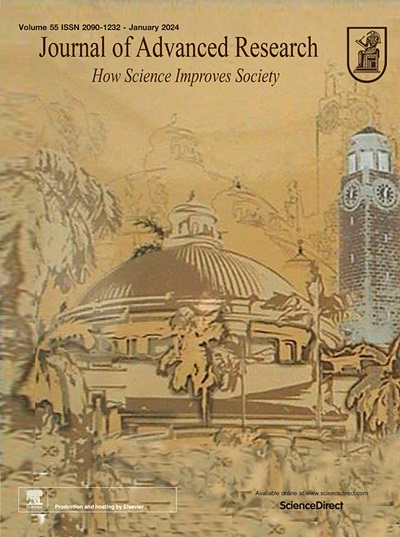scPerb: Predict single-cell perturbation via style transfer-based variational autoencoder
IF 11.4
1区 综合性期刊
Q1 MULTIDISCIPLINARY SCIENCES
引用次数: 0
Abstract
Introduction
Traditional methods for obtaining cellular responses after perturbation are usually labor-intensive and costly, especially when working with multiple different experimental conditions. Therefore, accurate prediction of cellular responses to perturbations is of great importance in computational biology. Existing methodologies, such as graph-based approaches, vector arithmetic, and neural networks, either mix perturbation-related variances with cell-type-specific patterns or implicitly distinguish them within black-box models.Objectives
This study aims to introduce and demonstrate a novel framework, scPerb, which explicitly extracts perturbation-related variances and transfers them from unperturbed to perturbed cells to accurately predict the effect of perturbation in single-cell level.Methods
scPerb utilizes a style transfer strategy by incorporating a style encoder into the architecture of a variational autoencoder. The style encoder captures the differences in latent representations between unperturbed and perturbed cells, enabling accurate prediction of post-perturbation gene expression data.Results
Comprehensive comparisons with existing methods demonstrate that scPerb delivers improved performance and higher accuracy in predicting cellular responses to perturbations. Notably, scPerb outperforms other methods across multiple datasets, achieving superior R2 values of 0.98, 0.98, and 0.96 on three benchmarking datasets.Conclusion
scPerb offers a significant advancement in predicting cellular responses by effectively separating and transferring perturbation-related variances. This framework not only enhances prediction accuracy but also provides a robust tool for computational biology, addressing the limitations of current methodologies.

scPerb:通过基于风格转移的变异自动编码器预测单细胞扰动
引言 传统的获取细胞在受到扰动后的反应的方法通常耗费大量人力和物力,尤其是在处理多种不同的实验条件时。因此,准确预测细胞对扰动的反应在计算生物学中非常重要。现有的方法,如基于图的方法、向量运算和神经网络,要么将扰动相关的变异与细胞类型特异性模式混合在一起,要么在黑箱模型中隐含地将它们区分开来。方法scPerb利用风格转移策略,将风格编码器纳入变异自动编码器的架构中。结果与现有方法的综合比较表明,scPerb 在预测细胞对扰动的反应方面具有更好的性能和更高的准确性。值得注意的是,scPerb 在多个数据集上的表现优于其他方法,在三个基准数据集上的 R2 值分别为 0.98、0.98 和 0.96。这个框架不仅提高了预测的准确性,还为计算生物学提供了一个强大的工具,解决了现有方法的局限性。
本文章由计算机程序翻译,如有差异,请以英文原文为准。
求助全文
约1分钟内获得全文
求助全文
来源期刊

Journal of Advanced Research
Multidisciplinary-Multidisciplinary
CiteScore
21.60
自引率
0.90%
发文量
280
审稿时长
12 weeks
期刊介绍:
Journal of Advanced Research (J. Adv. Res.) is an applied/natural sciences, peer-reviewed journal that focuses on interdisciplinary research. The journal aims to contribute to applied research and knowledge worldwide through the publication of original and high-quality research articles in the fields of Medicine, Pharmaceutical Sciences, Dentistry, Physical Therapy, Veterinary Medicine, and Basic and Biological Sciences.
The following abstracting and indexing services cover the Journal of Advanced Research: PubMed/Medline, Essential Science Indicators, Web of Science, Scopus, PubMed Central, PubMed, Science Citation Index Expanded, Directory of Open Access Journals (DOAJ), and INSPEC.
 求助内容:
求助内容: 应助结果提醒方式:
应助结果提醒方式:


